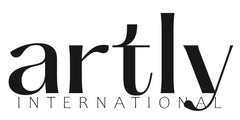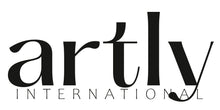Metamodernism's Challenge
The Paradox of Metamodernism: Art in the Age of Info-Glut
Throughout history, art has served as a powerful mirror reflecting the cultural, social, and political landscapes of its time. Artists have historically used their craft to express ideas, emotions, and challenges, intending, they hope, to elicit at least some level of engagement from viewers.
However, the digital age presents a unique challenge to this traditional role of art. We live in a world saturated with information, bombarded by a constant stream of content on our screens. Social media feeds, with their endless scrolling and fleeting "snacks" of information, encourage a passive consumption of imagery and ideas. This rapid-fire approach often leaves little room for the deeper reflection and contemplation that art inspires.
A Reflection or Reinforcement of the Chaos?
The concept of metamodernism emerges in this context, offering a complex perspective on artistic expression in the 21st century. Unlike its predecessors, modernism and postmodernism, metamodernism doesn't seek a complete break from tradition. Instead, it embraces a space "in-between," which can be both a source of innovation and a contributor to the feeling of chaos.
Here's how this plays out in studio art:
Fragmentation and Juxtaposition: Metamodern artists might create works that incorporate elements from various styles and techniques, creating a sense of fragmentation. This reflects the way we experience information in the digital age, bombarded by diverse perspectives. However, this fragmentation can also contribute to lack of substance and purpose.
Irony and Ambiguity: Metamodern art often employs irony and ambiguity, questioning the very notion of artistic truth. While this can challenge viewers to think critically, it can also leave them feeling uncertain and lacking a clear message.
A Return to Authenticity and the Question of Postmodernism
This shift towards "in-betweenness" also coincides with a renewed interest in authenticity in art. Art critic Jerry Saltz observes a decline in cynical, purely ironic works. Artists today, it seems, are more willing to embrace sincerity and grapple with complex realities, even if their work appears playful or references past movements.
Unsurprisingly, these social and aesthetic shifts have led scholars to declare the "end of postmodernism." Various terms have been proposed to describe this new paradigm, including altermodernism, cosmodernism, and hypermodernism. The Dutch cultural theorists Vermeulen and van der Akker proposed "metamodernism" to capture the dominant structure of feeling in the early 21st century.
Beyond Postmodernism: The Need for New Critical Language
Regardless of the chosen label, it's clear that the current artistic landscape demands a new critical vocabulary. The concerns and experiences of artists today differ greatly from those of the past. Just as we wouldn't analyze a Rembrandt portrait with the same lens as a Picasso, we need a fresh approach to contemporary art.
Art's End? No way, a New Chapter
Some, like Arthur Danto, have declared the "end of art" itself, arguing that contemporary practices simply demonstrate the limitless possibilities of form and concept. However, the ongoing exploration of Bildung (self-cultivation) and alternative narratives in art today suggests otherwise. Artists are still very much concerned with meaning-making and social commentary.
This renewed engagement with sincerity and meaning-making is evident in the rise of "post-irony" and the "New Sincerity" in contemporary art criticism. Artists today are embracing a complex stance, weaving together earnestness and irony to create works that are hopeful yet critical.
Metamodernism's Challenge: Finding Balance
The future of metamodernism lies in its ability to navigate this paradox. Can it embrace the fragmented nature of the digital age while still offering moments of depth and connection? Can it create works that are both visually arresting and intellectually stimulating, inviting viewers to actively and authentically engage with the big questions?
These are questions that artists and viewers alike will continue to explore as metamodernism unfolds.




Leave a comment